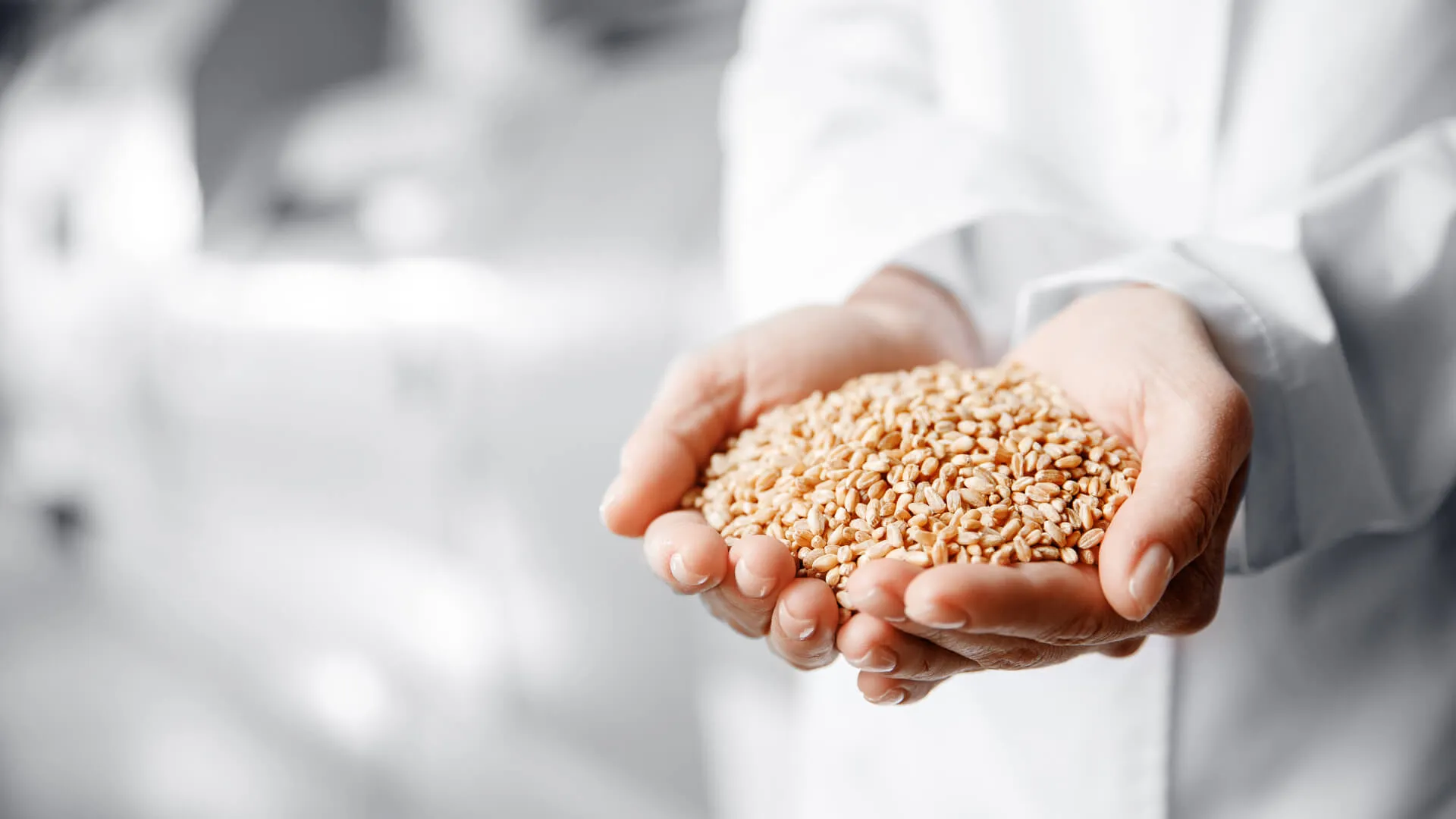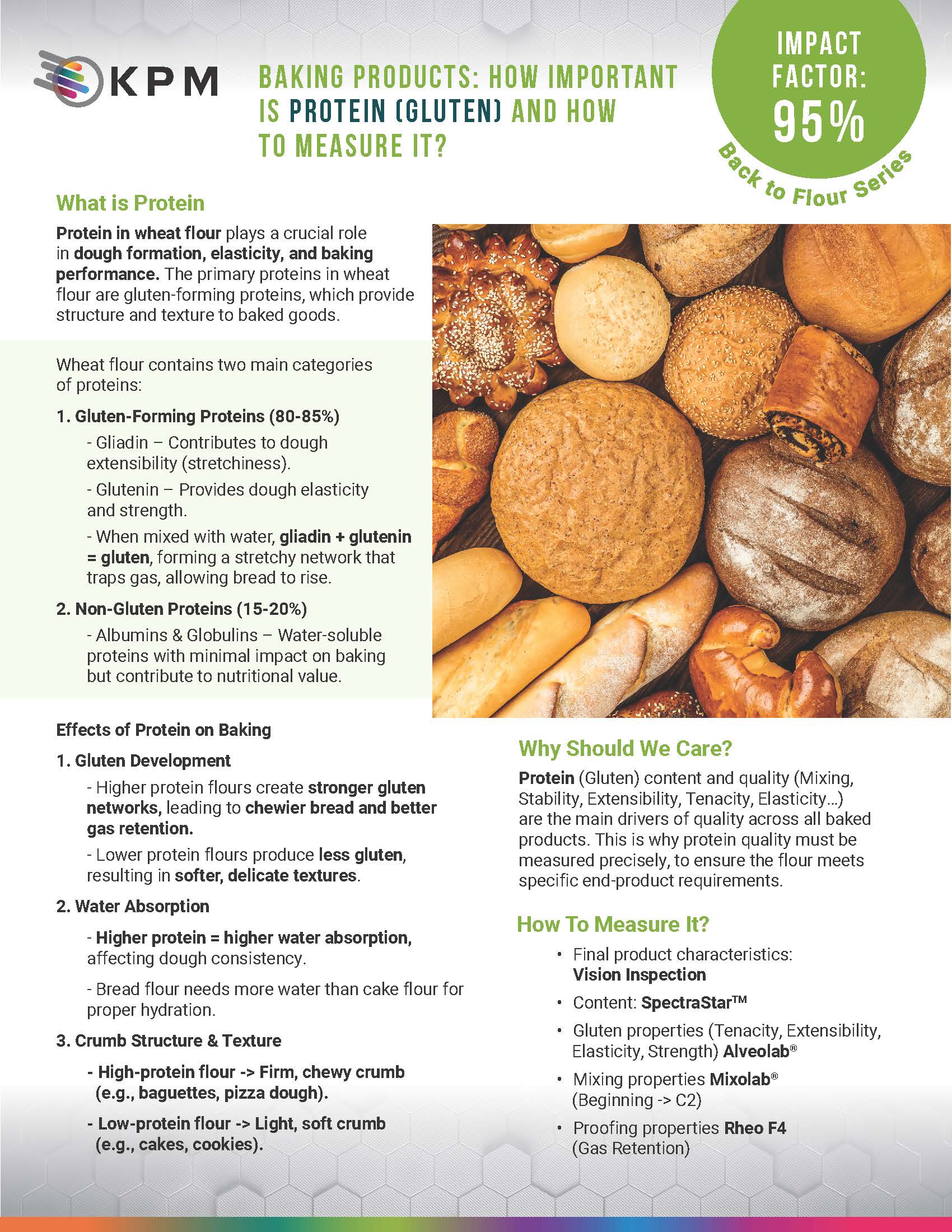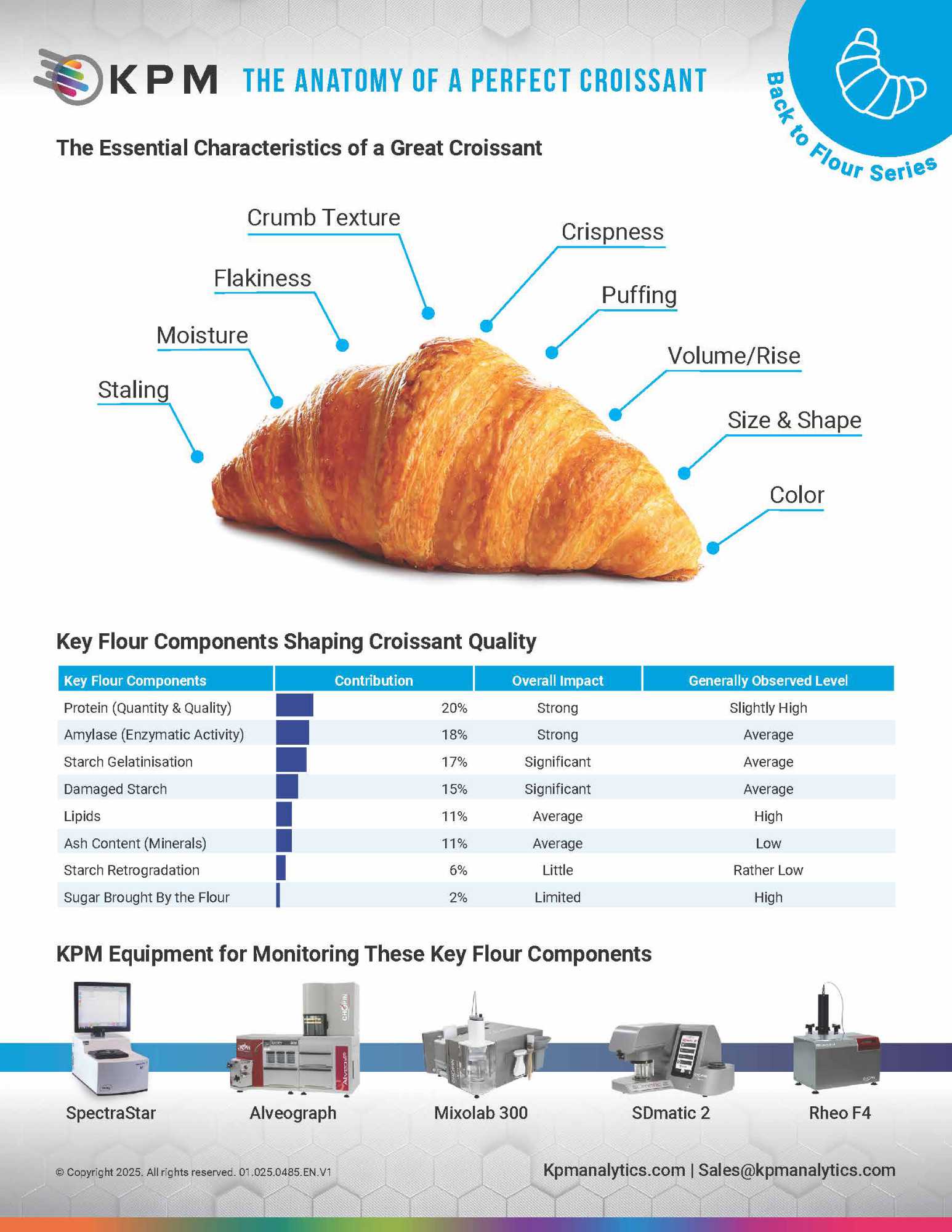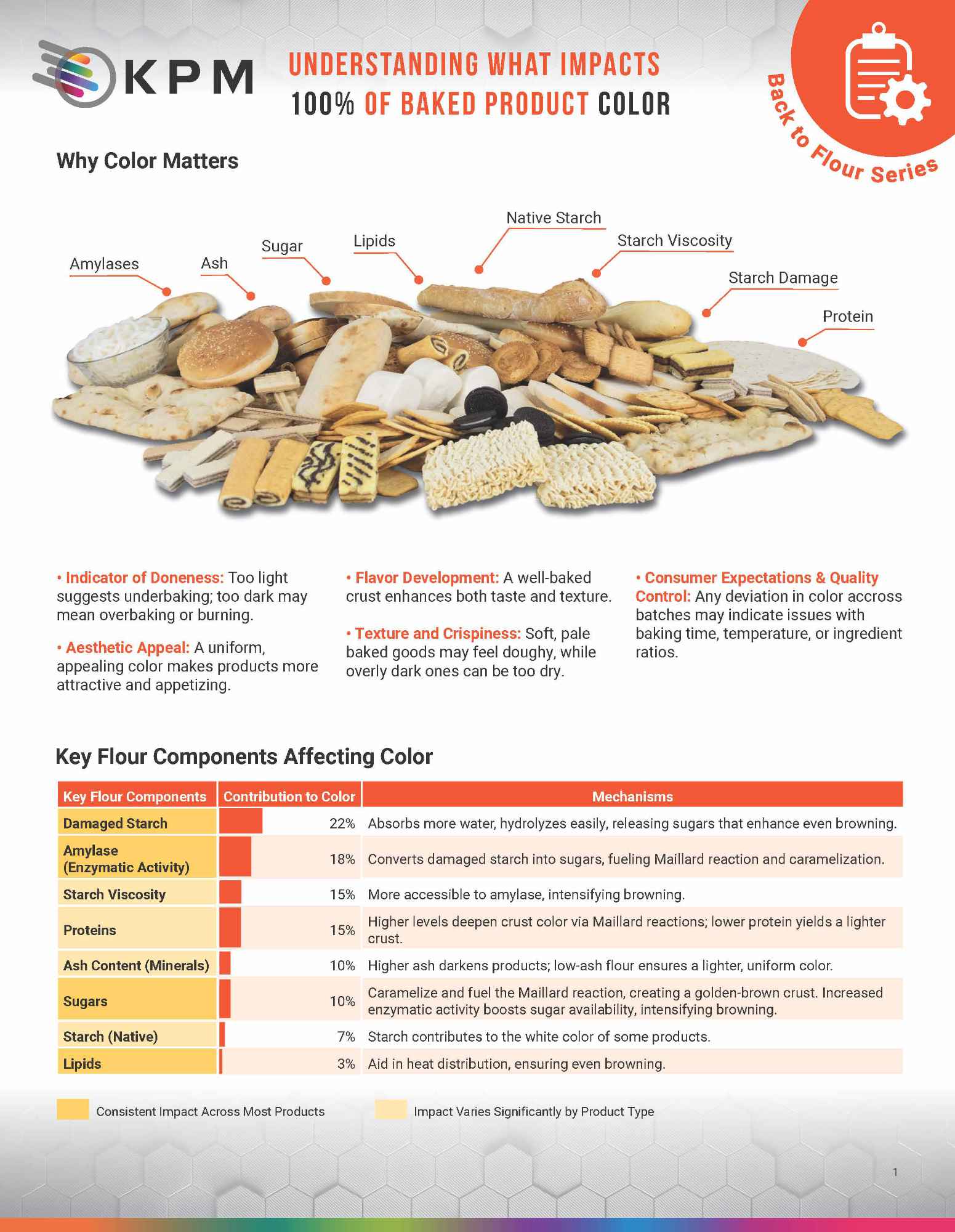How Important is Protein (Gluten) and How to Measure it?

Protein in wheat flour plays a crucial role in dough formation, elasticity, and baking performance. The document explains that wheat flour contains two main categories of proteins: gluten-forming proteins (gliadin and glutenin), which together form gluten when mixed with water, and non-gluten proteins such as albumins and globulins. Gliadin contributes to dough extensibility, while glutenin provides elasticity and strength.
The PDF also highlights several effects of protein on baking. Higher protein flours create stronger gluten networks, leading to chewier bread and better gas retention. Lower protein flours produce less gluten and result in softer, more delicate textures. Higher protein also means higher water absorption, affecting dough consistency. Differences in protein levels influence crumb structure, with high-protein flours producing firmer, chewier crumbs and low-protein flours giving lighter, softer ones.
The document lists methods for measuring protein content and gluten properties, including, SpectraStar™, Alveolab®, Mixolab®, and Rheo F4.
This document is part of the Back to Flour Series, an educational program that connects flour science to bakery product characteristics. Learn more here.



